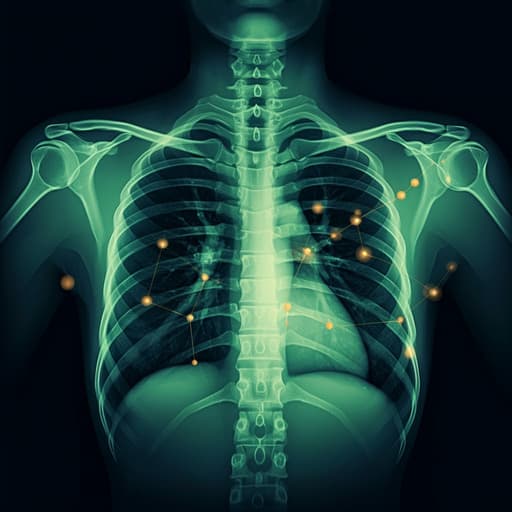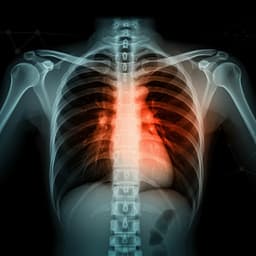
Medicine and Health
COVID-19 Classification on Chest X-ray Images Using Deep Learning Methods
P. B. Tchounwou, S. Zimeras, et al.
This groundbreaking study presents a comparison of five deep learning models for COVID-19 classification using chest X-ray images. Remarkably, ResNet101 outperformed the rest with an impressive precision, recall, and accuracy of 96%. This research was conducted by Paul B Tchounwou, Stelios Zimeras, Styliani Geronikolou, Marios Constantinou, Themis Exarchos, Aristidis G Vrahatis, and Panagiotis Vlamos.
~3 min • Beginner • English
Related Publications
Explore these studies to deepen your understanding of the subject.







